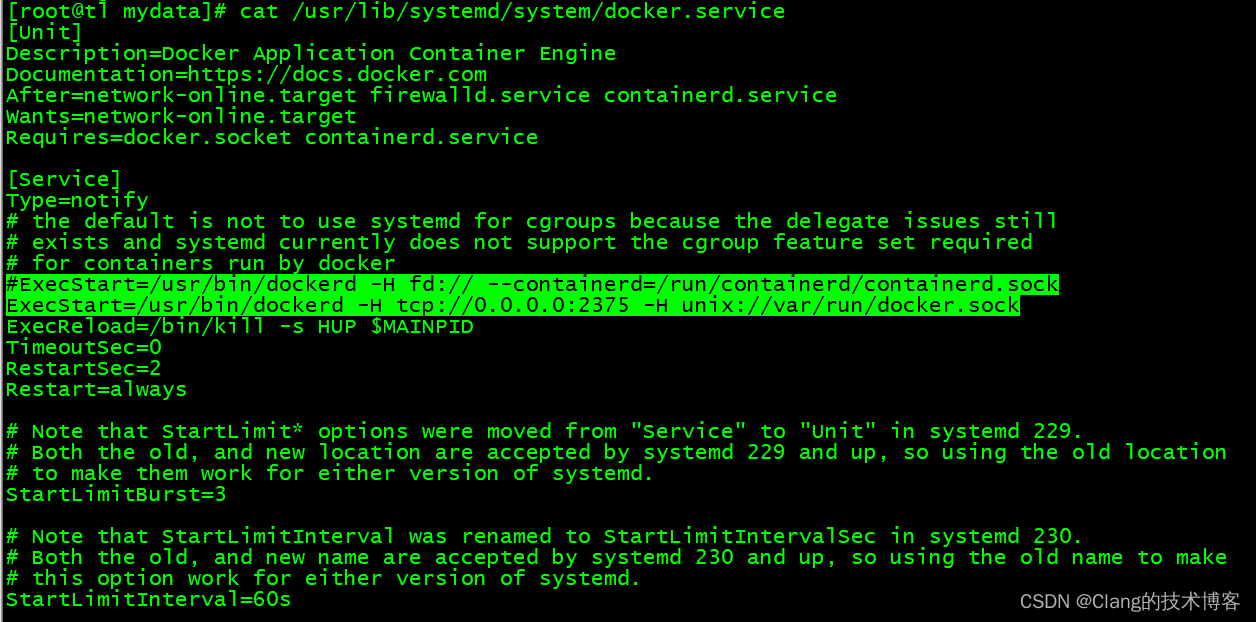文章目录
- 前言
- 一、异常实体
- 二、自定义异常类
- 三、全局异常拦截
- 四、具体使用
前言
我们开发项目的时候,数据在请求过程中发生错误是非常常见的事情。
如:权限不足、数据唯一异常、数据不能为空异常、业务异常等。 这些异常如果不经过处理会对前端开发人员和使用者造成不便,因此我们就需要统一处理他们。
一、异常实体
package com.example.demo.exception;
import com.fasterxml.jackson.annotation.JsonFormat;
import lombok.Data;
import java.time.LocalDateTime;
/**
* @author Clang
* @version 1.0
* @date 2022/6/6 15:05
*/
@Data
public class ApiError {
private Integer status;
@JsonFormat(pattern = "yyyy-MM-dd HH:mm:ss")
private LocalDateTime timestamp;
private String message;
private ApiError() {
timestamp = LocalDateTime.now();
}
public ApiError(Integer status, String message) {
this();
this.status = status;
this.message = message;
}
}
二、自定义异常类
封装了 BadRequestException,用于处理通用的异常
package com.example.demo.exception;
import lombok.Getter;
import org.springframework.http.HttpStatus;
import static org.springframework.http.HttpStatus.BAD_REQUEST;
/**
* @author Clang
* @version 1.0
* @date 2022/6/6 15:00
*/
@Getter
public class BadRequestException extends RuntimeException {
private Integer status = BAD_REQUEST.value();
public BadRequestException(String msg) {
super(msg);
}
public BadRequestException(HttpStatus status, String msg) {
super(msg);
this.status = status.value();
}
}
三、全局异常拦截
使用全局异常处理器 @RestControllerAdvice 处理请求发送的异常
- @RestControllerAdvice:默认会扫描指定包中所有@RequestMapping注解
- @ExceptionHandler:通过@ExceptionHandler的 value 属性可过滤拦截的条件
package com.example.demo.exception;
import lombok.extern.slf4j.Slf4j;
import org.springframework.http.HttpStatus;
import org.springframework.http.ResponseEntity;
import org.springframework.web.bind.annotation.ExceptionHandler;
import org.springframework.web.bind.annotation.RestControllerAdvice;
import static org.springframework.http.HttpStatus.BAD_REQUEST;
/**
* @author Clang
* @version 1.0
* @date 2022/6/6 15:04
*/
@Slf4j
@RestControllerAdvice
public class GlobalExceptionHandler {
/**
* 处理所有不可知的异常
*
* @param e
* @return
*/
@ExceptionHandler(Throwable.class)
public ResponseEntity handleException(Throwable e) {
ApiError apiError = new ApiError(BAD_REQUEST.value(), e.getMessage());
return buildResponseEntity(apiError);
}
/**
* 处理自定义异常
*
* @param e
* @return
*/
@ExceptionHandler(value = BadRequestException.class)
public ResponseEntity<ApiError> badRequestException(BadRequestException e) {
ApiError apiError = new ApiError(e.getStatus(), e.getMessage());
return buildResponseEntity(apiError);
}
/**
* 统一返回
*
* @param apiError
* @return
*/
private ResponseEntity<ApiError> buildResponseEntity(ApiError apiError) {
return new ResponseEntity(apiError, HttpStatus.valueOf(apiError.getStatus()));
}
}
四、具体使用
throw new BadRequestException(HttpStatus.OK, "发送了异常");
提示:更多内容可以访问Clang’s Blog:https://www.clang.asia


